How to Prepare a Piano for Moving?
Bryan Bloom • December 19, 2023
Moving a piano, whether upright, baby grand, or grand, is no trivial task. It requires meticulous planning, the right equipment, and often, the help of professionals. This guide will take you through the essentials of preparing your piano for a move, ensuring it arrives at its new home in the same condition it left the old one.
Understanding Piano Types and Their Moving Needs

Upright Pianos:
These are generally more manageable to move. With the help of non-disabled assistants and the correct equipment, including heavy-duty furniture dolly, straps, and moving blankets, a DIY approach might be feasible. More on moving upright pianos can be found on our
piano moving services
.
Baby Grand Pianos: Due to their extra weight and size, professional help is recommended. A piano skid board and other moving equipment are typically required.
Grand Pianos: Weighing over a thousand pounds, these instruments are highly valued and necessitate professional moving services. More details on this type of piano move can be explored at Kinetic Movers .
Consider checking out local movers in Harrisburg for more detailed instructions and tips on moving an upright piano.
For more comprehensive moving services, especially for delicate instruments like pianos, consider exploring Kinetic Movers .
Baby Grand Pianos: Due to their extra weight and size, professional help is recommended. A piano skid board and other moving equipment are typically required.
Grand Pianos: Weighing over a thousand pounds, these instruments are highly valued and necessitate professional moving services. More details on this type of piano move can be explored at Kinetic Movers .
Pre Preparations for Piano Moving
- Assessing Your Piano and Space: Measure the piano and the pathways in your current and new homes. This includes doorways, hallways, and any stairs. Remember to consider the removal of piano legs for easier maneuvering, especially for larger pianos.
- Necessary Equipment: You will need various equipment depending on your piano type. This includes moving blankets or padding, heavy-duty lifting straps, a furniture dolly, and possibly a piano board for grand pianos. For a comprehensive list of moving supplies, check out packing services .
- Hiring Professional Movers: When in doubt, opt for professional movers. They have the expertise and equipment to handle your piano with care. Consider local moving services for local moves or longer distances; long distance Moving Services could be more appropriate.
Moving an Upright Piano: Step-by-Step Guide
- Securing and Protecting the Piano: Close and lock the keyboard lid to protect the keys. Wrap the piano with moving blankets, including its pedals and corners, securing them with packing tape or bungee cords.
- Lifting and Transporting: Ensure you have at least four people to lift the piano. Use heavy-duty straps for lifting and a dolly for transportation. This guide can explore the detailed process of lifting and transporting.
- Loading and Unloading: Safely load the piano into the moving truck, positioning it securely against the back wall. Use ratchet straps to prevent movement during transit. Unloading at the new location follows a similar protocol, with careful removal and placement.
Post-Move Considerations
- Positioning and Unwrapping: Place upright pianos against an interior wall away from direct sunlight and vents in the new space. For grand pianos, the straight edge should be against an interior wall.
- Tuning and Maintenance: Post-move, having your piano professionally cleaned and tuned is crucial. The delicate inner workings of a piano can shift during a move, so waiting a few weeks before tuning is recommended.
Safety Tips and Common Pitfalls
- Moving a piano is not only about protecting the instrument but also about ensuring the safety of the movers. Use proper equipment and take your time to avoid accidents. More safety tips can be found in this external article.
Moving a Grand Piano: Step-by-Step Guide
- Disassembling and Wrapping: Carefully remove and wrap the piano's legs and music rack. Use moving blankets to cover the entire piano, securing them with tape or plastic wrap.
- Positioning on a Piano Board: Once disassembled, gently place the piano on a piano board, ensuring it's well-secured for transport. This step is crucial for the piano's safety.
- Transfer to the Truck: With the piano on the board, move it carefully through your home and into the moving truck. Secure it well to prevent any movement during transit.
Special Focus: Moving an Upright Piano
- Understands Upright Piano Structure: Upright pianos, while heavy, are generally more compact than grand pianos. This makes it easier to navigate through doorways and hallways.
- Equipment Needed: Ensure you have a heavy-duty furniture dolly, straps, and moving blankets.
- Preparation and Wrapping: Secure the lid and pedals. Wrap the piano in blankets to protect it from scratches and dents.
- Lifting and Positioning: Engage a team of at least four people to lift the piano onto the dolly. Make sure everyone understands their role and the route ahead.
- Navigating Through Your Home: Use the dolly to carefully move the piano to the moving truck, ensuring that paths are clear and obstacles-free.
- Loading into the Moving Truck: Once at the truck, securely strap the piano to prevent movement during transit.
- Unloading and Placement: Upon arrival, reverse the process, being extra careful as you navigate the piano into its new location.
Consider checking out local movers in Harrisburg for more detailed instructions and tips on moving an upright piano.
Pros and Cons of DIY Piano Moving
Pros:
- Cost Savings: DIY moving can be less expensive than hiring professionals.
- Flexibility: You have control over the moving schedule and process.
- Personal Care: Handle your piano with your level of care and attention.
Cons:
- Risk of Damage: Without professional expertise, there's a higher risk of damaging the piano.
- Safety Concerns: Moving a heavy piano can lead to personal injury or property damage.
- Technical Challenges: Disassembling, moving, and reassembling a piano require specific skills and equipment.
For more comprehensive moving services, especially for delicate instruments like pianos, consider exploring Kinetic Movers .
Benefits of Hiring Professional Piano Movers

- Expertise a nd Experience: Professional movers have the necessary skills and experience to handle pianos safely.
- Appropriate Equipment: They come equipped with specialized tools like piano boards and proper strapping materials.
- Minimized Risk of Damage: Professionals understand how to navigate pianos through challenging spaces, reducing the risk of damage.
- Insurance and Liability: Professional movers typically cover any potential damage during the move.
-
Physical Safety:
Avoid the personal risk of injury associated with lifting and moving heavy objects.
How to Hire Professional Piano Movers
- Research Local Options: Search for piano moving services in your area.
- Check Reviews and References: Look for customer reviews and ask for references to gauge the reliability and quality of the service.
- Verify Experience and Expertise: Ensure the movers have specific experience with pianos, as they require special handling.
- Discuss Insurance and Liability: Confirm that the moving company provides adequate insurance coverage for your piano during the move.
- Get a Detailed Quote: Request a detailed quote that covers all aspects of the move, including any additional costs for stairs, long distances, or storage.
- Schedule in Advance: Due to the complexity of moving pianos, it's advisable to schedule the move well in advance.
FAQs about Hiring a Piano Moving Company
Q: How much does hiring a piano moving company typically cost? A: Costs vary based on the piano type, distance, and move complexity. Standard upright pianos may cost less to move than grand pianos.
Q: Should I tip the piano movers? A: Tipping is not mandatory but is appreciated for excellent service. Consider the difficulty and quality of the move when deciding.
Q: How do I prepare my piano for the movers? A: Ensure the path is clear and measure doorways for accessibility. The movers will handle the rest, including wrapping and securing the piano.
Q: Can piano movers store my piano temporarily?
A: Many movers offer storage solutions.
Moving a piano requires careful planning, the right equipment, and sometimes professional help. Whether you're moving an upright, baby grand, or grand piano, following these steps will help ensure a safe and successful move.



